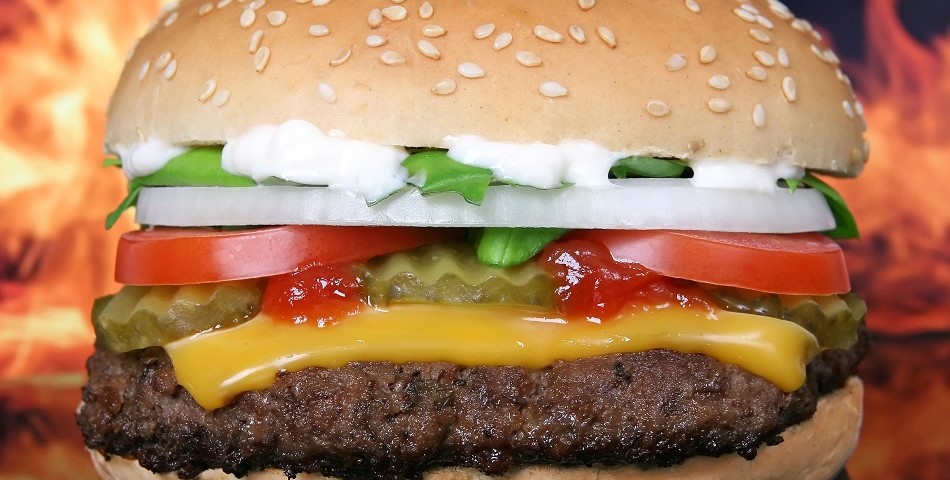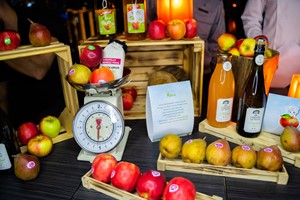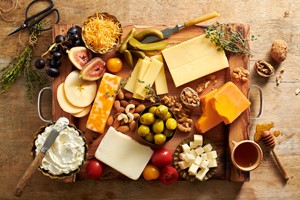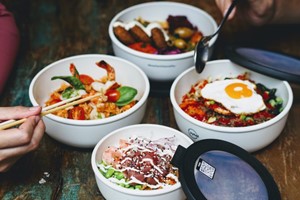The COVID-19 pandemic emerged at a time of great promise, poise and possibilities for the GCC food & beverage market and disrupted the entire story to give rise to volatility, uncertainty, confusion and ambiguity (VUCA).
Let us acknowledge that the GCC economy is still dominated by oil revenues, and it is climatically challenged. Its average reliance on imports for its food & beverage needs is more than 80%. Further, there exists a complex consumer base within the GCC. The expatriate population of diverse nationalities comprise over half of the resident population, and they have diverse food & beverage preferences. While the average age of the population point towards a region powered by the youth, however, the overall health of the population is under strain from lifestyle disorders such as obesity, cardiovascular diseases and diabetes which are all comorbid conditions putting the community at risk for COVID-19 infections.
Let’s take a look at the prognosis of the pandemic and further course of treatment for the GCC market:
- March 2020: The Pandemic: A market with already weakened immunity was quick to catch the virus which was causing havoc globally. GCC, being centrally connected, led by KSA and UAE, attracted nearly 40 million international business and leisure travellers in 2019 as per government records. These international entry points, majorly the airports were the first to be hit by COVID-19 owing to the hyper-connected domestic air routes. Soon the virus spread across the region, causing the individual governments to initiate lockdowns. For a large section of the society, it was the first experience of its kind, and it sent the consumer straight into a panic mode. People began to stockpile & hoard across the region. Before the food & beverage manufacturers could adapt and develop a response strategy, the shelves were running empty, supply chains witnessed unprecedented freeze and we saw shortages across most categories of consumer goods including daily essentials and groceries. The complete shutdown of industries resulted in mass migration of factory workers and other low-income group participants who were unable to cushion the blow of shutdowns.
- April-July 2020: Initial Symptoms: The lockdown regulations became the ‘New Normal’ with the entire value chains adopting innovative delivery schedules and manufacturers operating at minimal capacities. While this did start some re-filling of shelves for most manufacturers, it also allowed short term innovations to come into the mainstream market for the first time including the earlier lukewarm Health, Wellness & Hygiene category products. Logistics and supply chain moved towards normalcy as interstate and intrastate transport restrictions were eased to an extent. Consumers were still afraid to resume their normal consumption and purchasing pattern due to already stockpiled items at home. Lack of visibility on when the pandemic would end and uncertain future resulted in consumers limiting their spendings on absolute essentials. Further, as the take-home pay slashed in most sectors of the organised economy and the unorganised sector plunged, a wave of cost-consciousness swept the entire consumer population. High-cost variants became slow-moving while preference for low-cost variants and local brands gained momentum. As eating out and ordering-in food was considered unsafe, home-cooking essentials gained traction. Social media played a significant role in this practice to become popular. As the more and more consumers joined the bandwagon, gourmet foods retail shelf, which used to be frequented only by the experimental, became sought after by the larger segment of the society. Demand for condiments and seasonings increased with more and more consumers using it to enhance their everyday cooking escapades into chef-worthy creations. Digitalisation, in the form of online shopping, digital payments to sharing via social platforms, became the new normal. Consumers started completing their entire purchasing journey, right from discovery to post-purchase feedback online. While in some regions and some consumer groups, this trend is expected to become a permanent feature, in others, it is still believed to be a temporary phase.
- August-November 2020: Diagnosis and Treatment: Governments across the region realised the damage the lockdown caused to the economy, including the challenges consumers faced. To revive the economy, started the phase-wise unlocks and relaxations to the movement of people. This resulted in the revival of some sectors and certain categories. Due to lockdown fatigue, consumers were willing to move out; however, with strong precautions. Consumption occasions, a yardstick for many food product’s growth, were suddenly changed dramatically as urban families stayed in and worked from home and daytime meals became a whole family affair with varied choices from all age groups. Traditional occasion groupings of weekday-sustainence and weekend-indulgence were changed as everyday became an occasion. As consumers slowly stepped out as per their regular lifestyle, they showcased a mix of old-time preferences and newly acquired choices while purchasing products in the retail setting. This gave brands an opportunity to either position themselves as the “same as ever” or “new and improved”.
- December 2020 Onwards: Treatment Continues: While this pandemic taught consumers and market forecasters a crucial lesson to not take anything as predictable, we can still assume the following outlooks:
- Digital: Digital will remain a crucial aspect of all consumer journey, and important for suppliers to adopt, to ensure their existence. On the other hand, it is important to be aware of the key role the retail shopping experience has in the lives of consumers, especially in KSA wherein in-person shopping is considered as a key outdoor activity for homemakers. Key here would be for retailers to create superior in-person shopping experience to build loyalty online.
- Value Shift: Consumer values need a complete re-look by sellers to understand the re-aligned priorities. Besides, product value of convenience, product safety, hygiene and steady supply are top-of-mind product parameters.
- Enterprise Agility: Contingency planning for all enterprises need to be more agile and lean to make sure that companies address contingencies before they become calamities. Exigency planning, scenario planning and agile innovation need to be inculcated in the GCC food industry at a wide-scale level.
- End-Use Reshuffle: The standard retail vs HORECA distribution will continue to undergo more restructuring, hence, HORECA focused approach alone may not be a prudent for any enterprise. Product mix design needs to be done keeping in mind the dominant share of retail that is expected to increase for the next two years. HORECA targeted product variants need to be hyper customised to match with relevant trends of delivery friendly, longer shelf life, simpler preparation and low contact consumption.
Satvik Jaitly
Foods and Nutrition Consultant
Frost & Sullivan
ww2.frost.com














